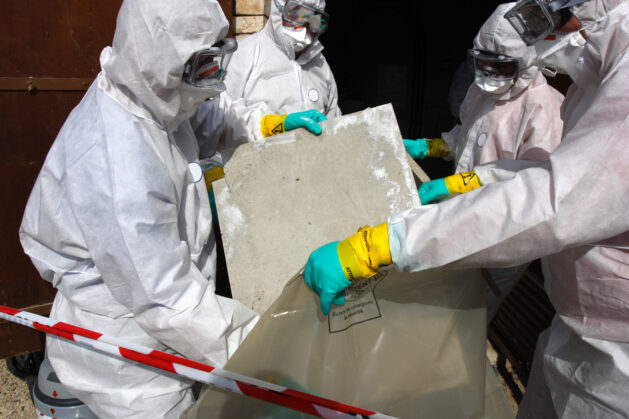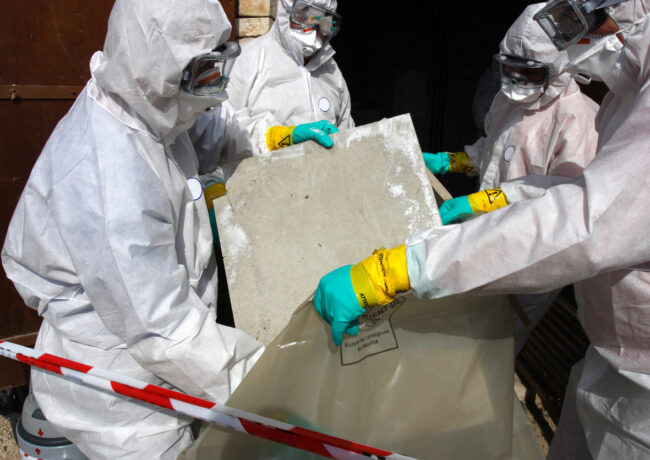RESOURCES | Ongoing threat from the ‘Silent Killer’

Hannah Al-Shaghana of Slater Heelis outlines the steps dutyholders must take in tackling the dangers of asbestos.
A recent survey conducted by the Institution of Occupational Safety and Health (IOSH) has found that almost one in four (23%) construction workers believed they had been exposed to asbestos.
While just over half of workers (55%) believed they were familiar with the risks associated with asbestos, about one third (32%) of respondents said they had never checked the asbestos register before starting work on a new site.
The findings were released as part of the IOSH’s ‘No Time To Lose’ campaign aimed at eradicating occupational cancer.
Asbestos is the world’s biggest occupational cancer killer, claiming at least 107,000 lives per year worldwide and probably many more.
Whilst asbestos was banned in the UK in 1999 it is still present in many buildings built before 1999 and it is believed around 5,000 people in Britain die every year from asbestos-related cancer caused by exposure at work, according to the Health & Safety Executive.
Construction workers are inevitably among those most at risk from asbestos related illness and building owners and occupiers must be compliant with the legislation that regulates the use, removal and management of asbestos.
Who is responsible?
Essentially, a dutyholder must determine whether asbestos is present and manage it. A dutyholder can be a tenant, landowner, managing agent or freeholder.
What must a dutyholder do?
a) Assess the risk
The HSE advises that unless there is strong evidence to the contrary, the dutyholder must assume asbestos may be present in pre-1999 buildings and undertake and record a survey, especially when works are planned that could disturb the asbestos.
b) Prepare a plan
The dutyholder is responsible for determining the risk from any asbestos found and to specify the measures taken to manage the risks. These measures must include monitoring the condition of the asbestos and how the material can be safely maintained or removed.
Buying a selling a property containing asbestos
A commercial property lease should determine a landlord or tenant’s repairing obligations and whether the landlord can pass on the cost of asbestos compliance to tenants through management charges.
A property buyer will become the dutyholder immediately on completion of the purchase so must be satisfied with the seller’s replies to enquiries regarding the latest survey and written asbestos plan.
The buyer should also consider carrying out its own survey, especially if restoration or refurbishment works are planned.
The penalties for non-compliance of asbestos related legislation can be harsh and it is advisable for property owners and potential owners to obtain professional legal advice relating to the matter.
For more information contact Hannah.Al-Shaghana@slaterheelis.co.uk or call 0161 672 1426.
This article was originally published on Place Resources.




